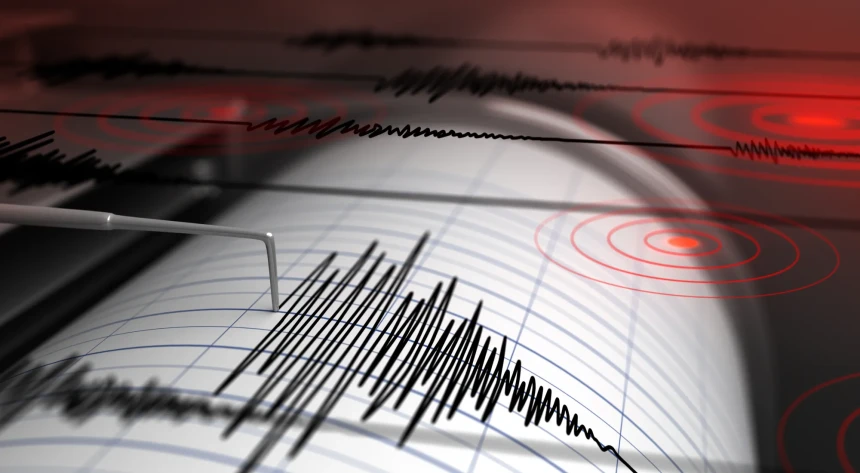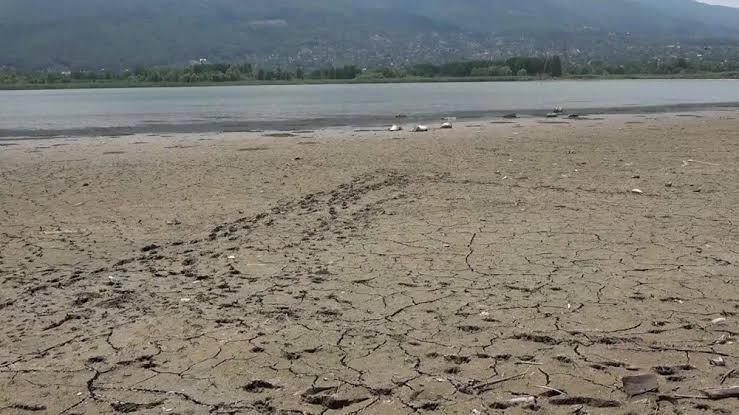Peter Atkins kimdir? Peter Atkins kitapları ve sözleri
İngiliz kimyager, Oxford Üniversitesi Lincoln College emekli öğretim üyesi, yazar. Peter Atkins hayatı araştırılıyor. Peki Peter Atkins kimdir? Peter Atkins aslen nerelidir? Peter Atkins ne zaman, nerede doğdu? Peter Atkins hayatta mı? İşte Peter Atkins hayatı...

İngiliz kimyager, Oxford Üniversitesi Lincoln College emekli öğretim üyesi, yazar. Peter Atkins edebi kişiliği, hayat hikayesi ve eserleri merak ediliyor. Kitap severler arama motorlarında Peter Atkins hakkında bilgi edinmeye çalışıyor. Peter Atkins hayatını, kitaplarını, sözlerini ve alıntılarını sizler için hazırladık. İşte Peter Atkins hayatı, eserleri, sözleri ve alıntıları...
Tam / Gerçek Adı: Peter William Atkins
Doğum Tarihi: 10 Ağustos 1940
Doğum Yeri:
Peter Atkins kimdir?
Peter William Atkins (d. 10 Ağustos 1940) İngiliz kimyager, Oxford Üniversitesi Lincoln College emekli öğretim üyesi, yazar. Üniversitede lisans ve yüksek lisans seviyesinde okutulan Physical Chemistry, 8th ed.(with Julio de Paula), Inorganic Chemistry ve Molecular Quantum Mechanics, 4th ed. gibi ders kitaplarının yanı sıra genel okuyucu kitlesi için bilimsel yayınlar da kaleme almıştır.
Akademik kariyerinin yanı sıra ateist kimliği ve Richard Dawkins'in fikirlerinin destekleyicisi olmasıyla da tanınan Atkins, ingiliz National Secular Society (Ulusal Laik Topluluk) üyesidir.
Peter Atkins Kitapları - Eserleri
- Kimya
- Evreni Yöneten Dört Yasa
- Galileo'nun Parmağı
- Physical Chemistry: A Very Short Introduction
- What is Chemistry?
- Reactions
Peter Atkins Alıntıları - Sözleri
- "Bilim bilinen sözcükleri gasp eder ve anlamlarına yeni bir doğruluk katar." (Evreni Yöneten Dört Yasa)
- Günlük dilde, ısı hem bir isim hem de bir fiildir.' Isı akar; biz ısıtırız. Termodinamikteyse ısı bir varlık hatta bir enerji şekli bile değildir: ısı, bir enerji aktarımı biçimidir. Ne bir enerji şekli veya ne bir tür akışkan madde ne de herhangi bir tür bir şeydir. Isı, sıcaklık farkı gereğince enerji aktarımıdır. Isı bir varlığın adı değil, bir sürecin adıdır. (Evreni Yöneten Dört Yasa)
- Bir litre sıcak suyun aynı miktardaki soğuk sudan daha fazla iş yapma yetisi vardır, bir litre sıcak suyun bir litre soğuk sudan daha büyük enerjisi vardır. Bu bağlamda, enerji hakkında gizemli hiçbir şey yoktur: enerji, bir sistemin iş yapma yetisinin ölçüsüdür (Evreni Yöneten Dört Yasa)
- "Bir el tek başına alkışlayamaz." (Kimya)
- The oceans are great repositories of dissolved matter, including the gases that make up the atmosphere. (Reactions)
- In the early days of chemistry, ‘oxidation’ was simply reaction with oxygen, as in a combustion reaction. Chemists noticed many similarities to other reactions in which oxygen was not involved, and came to realize that the common feature was the removal of electrons from a substance. Because electrons are the glue that holds molecules together, in many cases the removal of electrons resulted in the removal of some atoms too, but the core feature of oxidation was recognized as electron loss. (Physical Chemistry: A Very Short Introduction)
- The ancient Greeks speculated that matter was composed of atoms. That was pure speculation unsupported by any experimental evidence and so cannot be regarded as the beginning of physical chemistry. Experimental evidence for atoms was accumulated by John Dalton (1766–1844) in the very early 19th century when the use of the chemical balance allowed quantitative measurements to be made on the reactions that matter undergoes. Dalton inferred the existence of atoms from his measurements but had no way of assessing their actual sizes. He had no notion that nearly two centuries later, in the late 20th century, scientists would at last be able to see them. (Physical Chemistry: A Very Short Introduction)
- Aslında yaşamı uzun süreli, oldukça karmaşık bir titrasyon olarak görebilirsiniz! (Kimya)
- Katalizör, reaksiyon hızını arttıran ancak kendisi değişmeden kalan bir maddedir. Katalizör Çincede "çöpçatan" anlamına gelir. (Kimya)
- The hugely important technique of nuclear magnetic resonance (NMR), which was invented by physicists in the 1940s but quickly adopted by chemists to the point that no self-respecting laboratory can be without it, is a radiofrequency technique that uses (in modern applications, superconducting) magnets to influence the molecules it investigates. Many people have been the sample in an NMR observation, for it is used as a diagnostic technique as magnetic resonance imaging (MRI), where the ‘nuclear’ has been deleted from the name so as not to frighten the squeamish. The ‘nuclear’ in NMR has nothing to do with nuclear radiation, only with nuclei. I mentioned in Chapter 1 that electrons have the property evocatively named ‘spin’. Many nuclei have the same property: a hydrogen nucleus, the proton, has spin; a carbon nucleus (specifically the common isotope carbon-12) does not. A charged spinning body behaves like a bar magnet, so a nucleus with spin does so too. The north–south direction of the magnet depends on the direction of its spin, which in the case of a proton (like an electron) can be either clockwise or counterclockwise. It follows that protons (and nuclei with similar spin) will have different energies in an applied magnetic field depending on whether the bar magnet is north-up or north-down, and the energy separation will depend on the strength of the applied field (Figure 24). It is the ability to vary that energy separation that constitutes the ‘tuning’ in NMR. For the typical magnetic fields used in modern NMR, electromagnetic radiation in the region of 500 MHz is common, which lies in the ‘radiofrequency’ region of the spectrum (a little above FM radio which is close to 100 Mhz). (Physical Chemistry: A Very Short Introduction)
- Bir elementin bütün bir bilim dalına komuta edebilmesi, karbonun yaratıcı sıradanlığının bir kanıtıdır. (Kimya)
- Hiçbir kimya ürününün (saf su dahil) olmadığı bir dünya düşünün: Bronz Çağı'nın öncesine, Taş Devri'ne geri dönmüş olursunuz. (Kimya)
- “Kimyaya Hükmeden Dünyaya Hükmeder”. (Kimya)
- Kimyasız bir hayat bizi "Taş Devri"ne götürür. (Kimya)
- Eğer bir atom bir futbol stadyumu ebatına büyütülebilseydi, çekirdek bir stadyumun merkezindeki bir sineğin büyüklüğü kadar olurdu. (Kimya)
- İş, termodinamiğin ve özellikle birinci yasasının ana temelidir. Herhangi bir sistemin iş yapma yetisi vardır. (Evreni Yöneten Dört Yasa)
- Her zaman olduğu gibi, olguların yer altı dünyasına dalmak onları aydınlatır. (Evreni Yöneten Dört Yasa)
- The first law of thermodynamics is generally thought to be the least demanding to grasp, for it is an extension of the law of conservation of energy , that energy can be neither created nor destroyed. (Evreni Yöneten Dört Yasa)
- A physical chemist is interested in all the ‘states’ of matter, the physical form in which it is found. There are three traditional states: gas, liquid, and solid. (Physical Chemistry: A Very Short Introduction)
- İş, bir kuvvete karşı yapılan harekettir. Yerçekimi kuvvetine karşı bir ağırlık kaldırdığımız zaman iş yaparız. Yaptığımız işin büyüklüğü nesnenin kütlesine, yerçekiminin nesne üzerindeki gücüne ve kaldırıldığı yüksekliğe bağlıdır. (Evreni Yöneten Dört Yasa)










